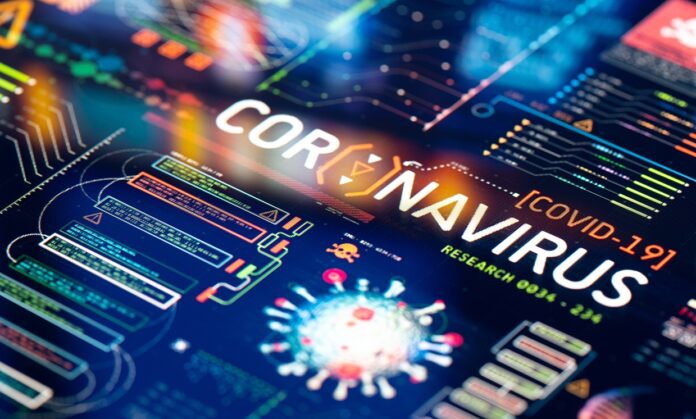An Indian research team uses AI and machine learning models to find COVID-19 drugs. Researchers also identified chemicals that can inhibit two or more human protein targets.
Hundreds of new potential drugs developed by a team led by an Indian origin scientist using Artificial Intelligence. The new drug developed with the help of artificial intelligence can treat COVID-19 which is a disease caused by the novel coronavirus, or SARS-CoV-2.
According to Anandasankar Ray, a Professor at the University of California, Riverside in the US, treatment or prevention of COVID-19 is urgent and it is essential to identify the drugs that can be effective to remove this virus from the world. The Journal Heliyon published research and it was led by Ray. In the Journal, he explains the details of the research.
Identification of several candidates is possible through the drug discovery pipeline and the research team developed the drug discovery pipeline. The drug discovery pipeline is an AI tool in which a type of computational strategy is linked to AI. It consists of a computer algorithm that helps to learn and predict the activity through trial and error and improving over time.
Some success achieved in the efforts to repurpose drugs such as Remdesivir. There is no guarantee in the vaccine for the SARS-CoV-2 virus and the identification of the right vaccine could be months away. Researches consider drug candidate pipelines as a result which is of extreme importance and similar to the one they developed. Target one or more human proteins important for viral entry and replication is possible with existing FDA-approved drugs.
The drug discovery pipeline can interfere with both entry and replication of SARS-CoV-2 in the body and demand for such additional drugs or small molecules is high. Joel Kowalewski, a graduate student in Ray’s lab developed machine learning models for 65 human proteins using small numbers of previously known ligands and are known to interact with SARS-CoV-2 proteins.
Simply from the 3D structures of the ligands, these models can identify new small molecule inhibitors and activators. A database of the chemicals was created by the researchers and its structures were predicted as interactors of the 65 protein targets. The chemicals were evaluated for safety. The 65 protein targets are implicated in many additional diseases which include cancers because they are quite diverse.
More than 10 million commercially available small molecules were screened from a database comprised of 200 million chemicals using machine learning models and identified 65 human proteins that interact with SARS-CoV-2 proteins.

